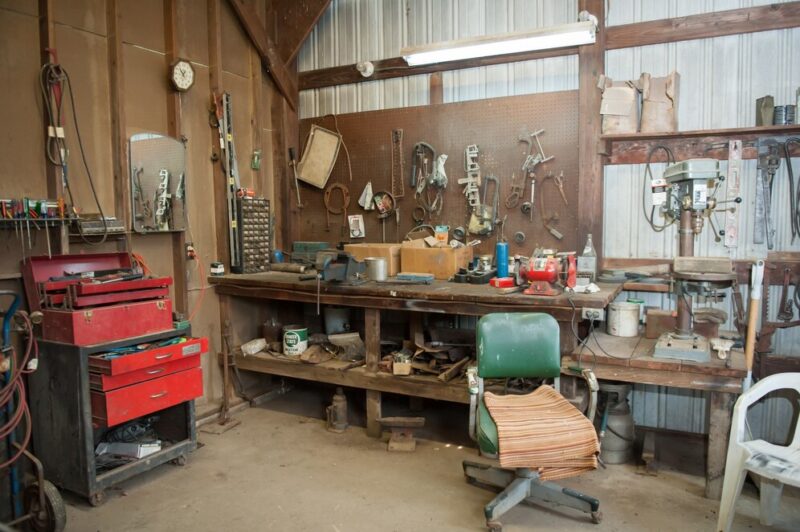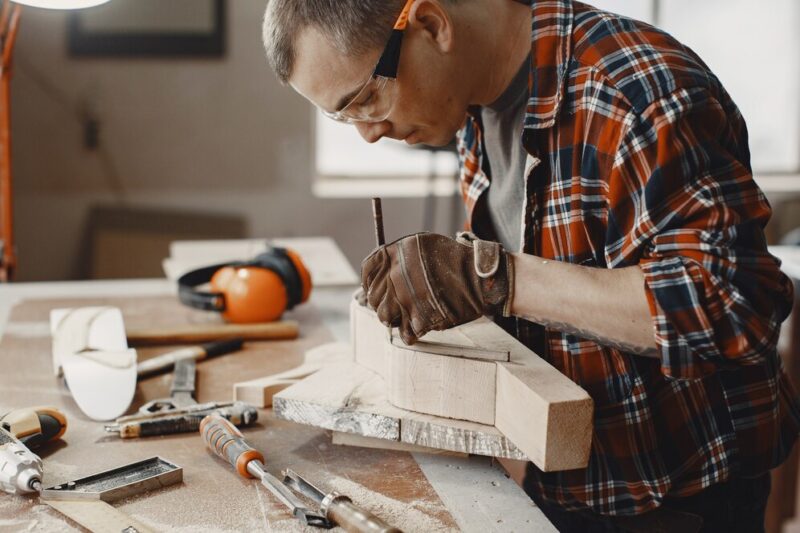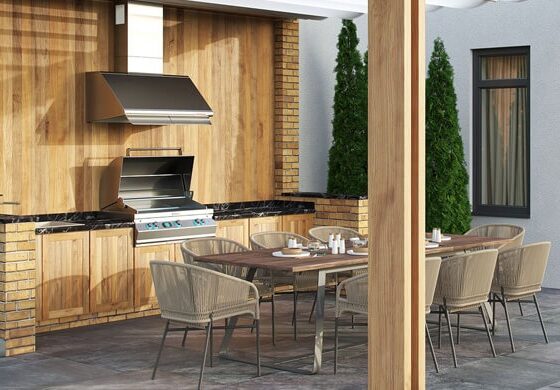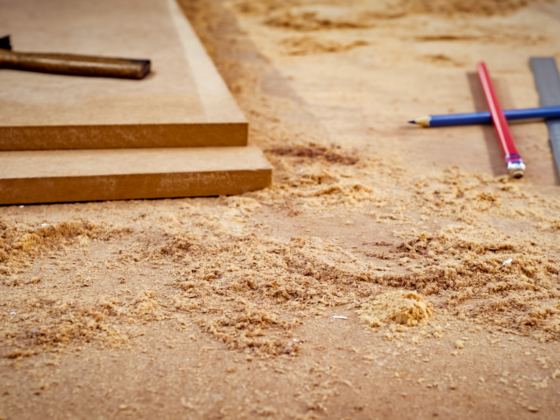Creating a home workshop is a dream for many DIYers, hobbyists, and even professional craftspeople who want a dedicated space for building, fixing, or inventing. Whether you’re a weekend warrior or an experienced maker, the key to a productive and enjoyable workshop lies in thoughtful design—and safety.
In this article, we’ll walk you through how to design your own home workshop with smart layout strategies and critical safety measures to keep your space efficient and hazard-free.
Choosing the Right Location

The first step in building your home workshop is choosing where it will go. Common options include garages, basements, sheds, or a spare room. Each has its pros and cons:
- Garage: Convenient, already wired, but may lack insulation.
- Basement: Great for sound control, but often requires ventilation upgrades.
- Shed: Detached, quiet, but might need electricity and climate control.
- Spare Room: Good for small-scale projects, but limited space and potential for mess.
Planning the Layout
A well-planned layout improves workflow and reduces clutter. Organize your space into functional zones:
- Work Zone: Bench area for hands-on tasks.
- Tool Storage Zone: Keep tools within arm’s reach or neatly arranged on walls.
- Safety/Walking Zone: Leave enough room to move freely without tripping hazards.
Consider mobility, lighting, and proximity to power outlets when arranging heavy tools or machines.
Essential Tools and Storage Solutions
Your workshop doesn’t need to be filled with high-end gear. Start with these basics:
- Hammer, screwdrivers, pliers
- Power drill and saw
- Measuring tape, level, and square
Use pegboards, wall-mounted shelves, labeled bins, and drawer organizers to keep everything in order. Vertical storage is a space-saver!
Safety First: Must-Have Equipment and Protocols

Safety should be at the heart of every workshop. Make sure your workspace is stocked with these essentials:
- Safety glasses and dust masks
- Fire extinguisher and first-aid kit
- Proper ventilation system
- Anti-fatigue mats and good overhead lighting
Before you start using heavy tools or power equipment, it’s crucial to go over basic safety procedures. A toolbox talk template is a great way to establish and communicate safety guidelines for anyone using the workshop—whether it’s family, friends, or hired help.
Power Supply and Electrical Safety
Install grounded outlets, use surge protectors, and avoid daisy-chaining extension cords. If you’re installing heavy-duty machinery, consult a licensed electrician to ensure your circuit can handle the load.
Noise and Dust Control
Power tools are loud and dusty. Combat this by adding insulation or acoustic panels to walls. For dust, invest in a small dust collection system or portable shop vac. Keeping “clean” and “dirty” zones separate can make a huge difference.
Maintenance Tips
Routine maintenance ensures both safety and longevity of your tools and workspace. Schedule regular cleanups, tool inspections, and keep an inventory of materials. Replace damaged cords or dull blades as soon as possible.
Conclusion

A well-designed home workshop is more than just a place to tinker—it’s a creative hub. With thoughtful layout planning and a strong emphasis on safety, you can create a space that inspires and supports all your projects. So go ahead, measure twice, plan wisely, and build something amazing—safely.


